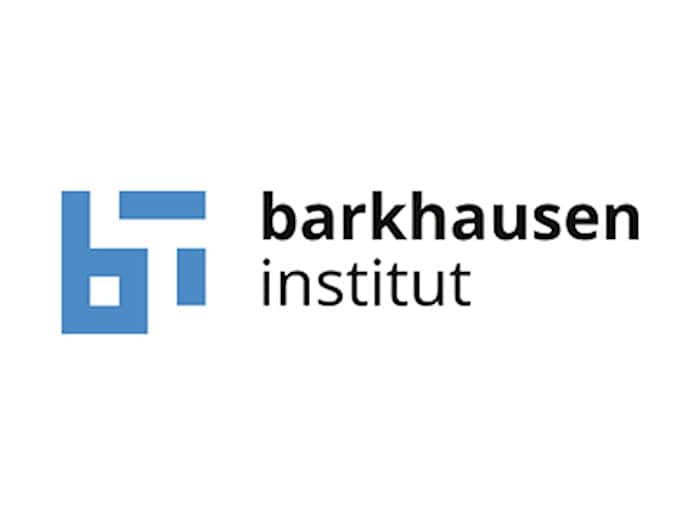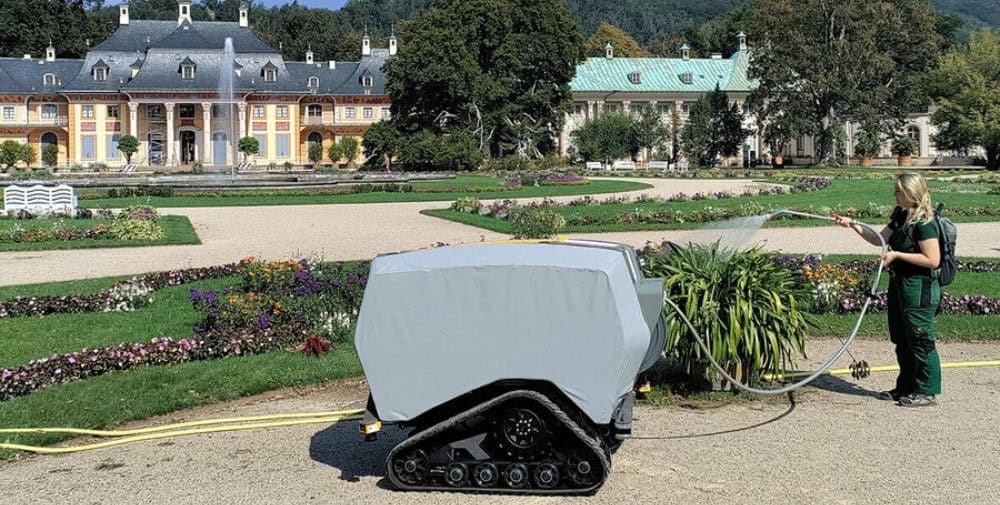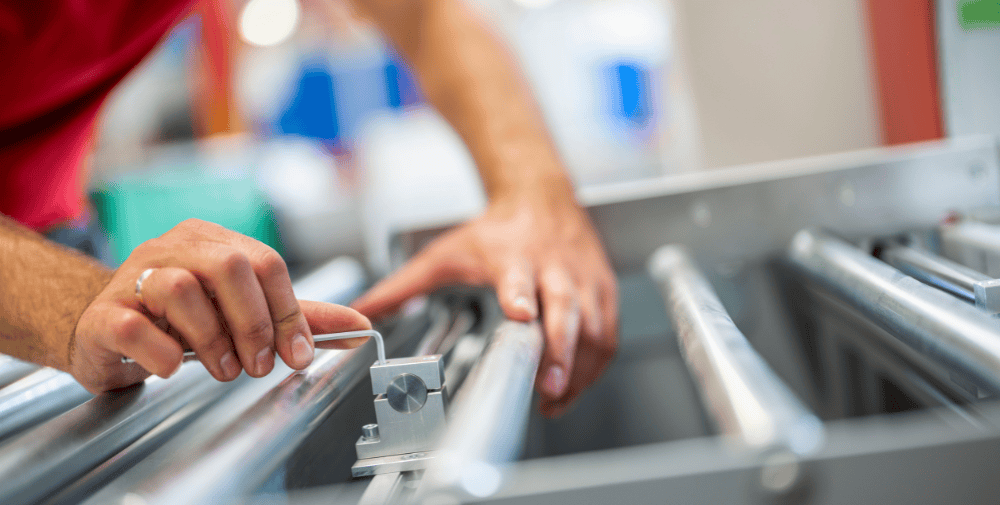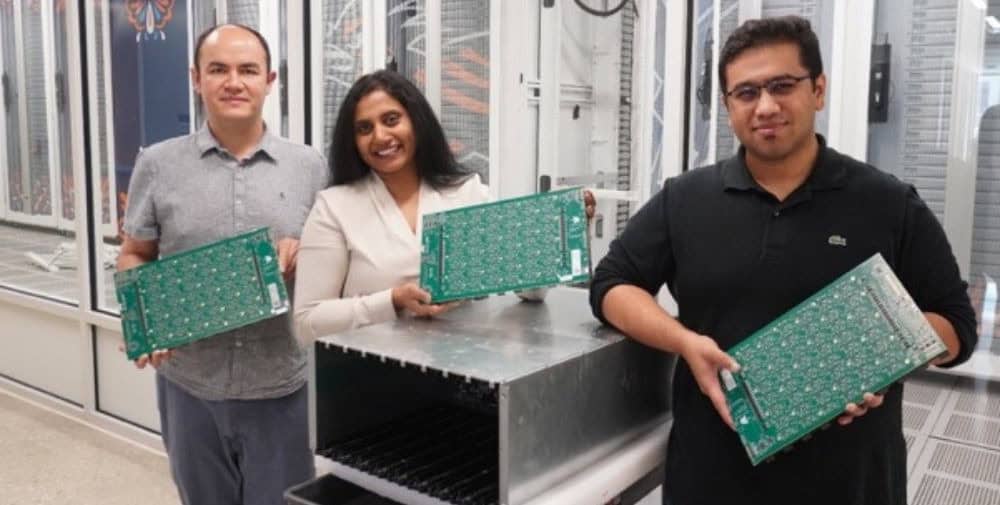
The aim of the project is to develop innovative solutions to cope with the increased maintenance required due to climate change. In recent years, climate change has led to increasing drought, which has significantly increased the amount of watering required in historic gardens.
Trustworthy technologies in everyday life
“The trustworthiness of our technologies is a core element of our work,” emphasized Tim Hentschel, Managing Director of the Barkhausen Institute, at the presentation of the prototype. “Our aim is to create technical solutions that people don’t have to blindly trust, but whose functions and properties can be verified and understood.” In close cooperation with the gardening team, requirements and needs were therefore analyzed from the outset in order to ensure reliable and practical support in everyday gardening.
High-tech in a historical context: the prototype in practice
“It only takes seconds to get a robot to travel from A to B autonomously. The development took months,” says Markus Böhme, Senior Engineer and Associate Researcher at the Barkhausen Institute, summarizing the complexity of the project. Together with Barkhausen Institute employees Paul Auerbach, Maximilian Matthé, Jens Kugelmann, Christoph Schubert and Sebastian Vorberg as well as TU Dresden researchers Marek Holovac and Julius Schlicht, the prototype of the casting robot was developed.
Finally, over 200 screw connections, 100 meters of 3D printing filament, 50 meters of aluminium profiles, 30 meters of cable, 15 meters of hose and 8 sensors were installed. Its water tank holds 400 liters, and with a pulling force of 700 kilograms and a dead weight of half a ton, it is capable of moving heavy loads.
The robot can work for up to six hours on a single battery and travels on a quiet, chain-driven platform with extra-wide profiles to protect the sensitive floor of the garden monument. It moves through the park at walking speed and is so quiet that it does not disturb the peace and atmosphere of the garden monument. A laser scanner ensures the necessary safety by automatically stopping the robot when necessary.
The prototype can independently collect water at the filling stations set up for this purpose and follow the gardeners in their tasks. In addition to these autonomous capabilities, however, central control remains in the hands of the specialists as desired, who control the robot manually via an intuitive control terminal and monitor the watering of the plants.
The Barkhausen Institute: Focus on trustworthy technologies
The Barkhausen Institute stands for trustworthy technologies in an increasingly digital world. In addition to robotics, the institute focuses on key technologies such as wireless communication and security architectures for digital systems. The importance of collaboration between man and machine was particularly evident in the casting robot project. “We didn’t want to automate everything that was possible, but rather exactly what would help gardeners to meet the challenges of climate change,” explains Tim Hentschel. Cooperation with the gardening team from Pillnitz was crucial to ensure that the robot really is a help and does not become an additional burden.
A look into the future
While the prototype is being tested in Pillnitz Palace Park, a second model is already being built. In the long term, the robot could also be used for transportation tasks or path maintenance. The project makes an important contribution to overcoming the challenges of climate change in historic gardens.
The project is financially supported by the Federal Ministry of Housing, Urban Development and Building (BMWSB).
Project duration: 2022-2024
Contact person: Dipl.-Ing. Markus Böhme, markus.boehme@barkhauseninstitut.org
Project partners: Staatlichen Schlösser Burgen und Gärten Sachsen gGmbH, Chair of Technical Design (TU Dresden), Institute of Soil Science and Site Ecology (TU Dresden)
– – – – –
Further links
👉 www.barkhauseninstitut.org
Photo: Schlösserland Sachsen




